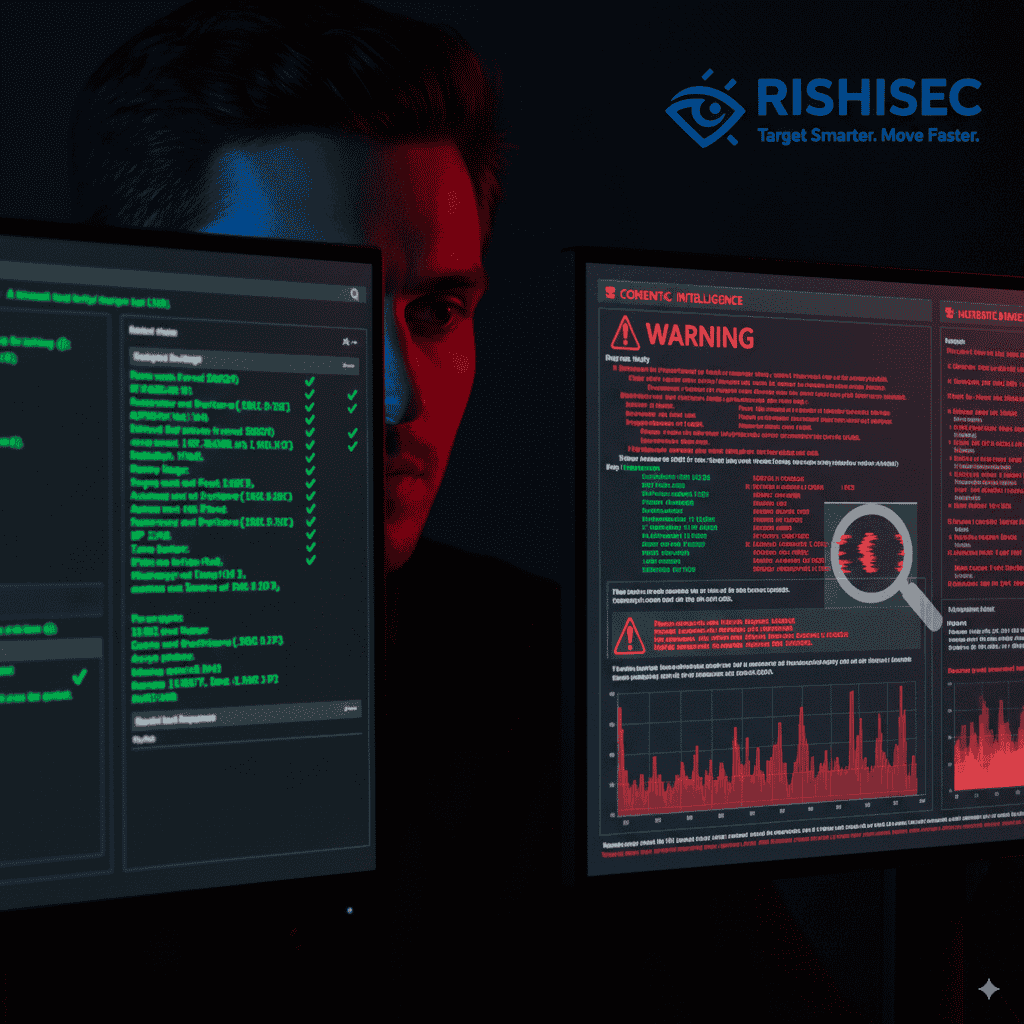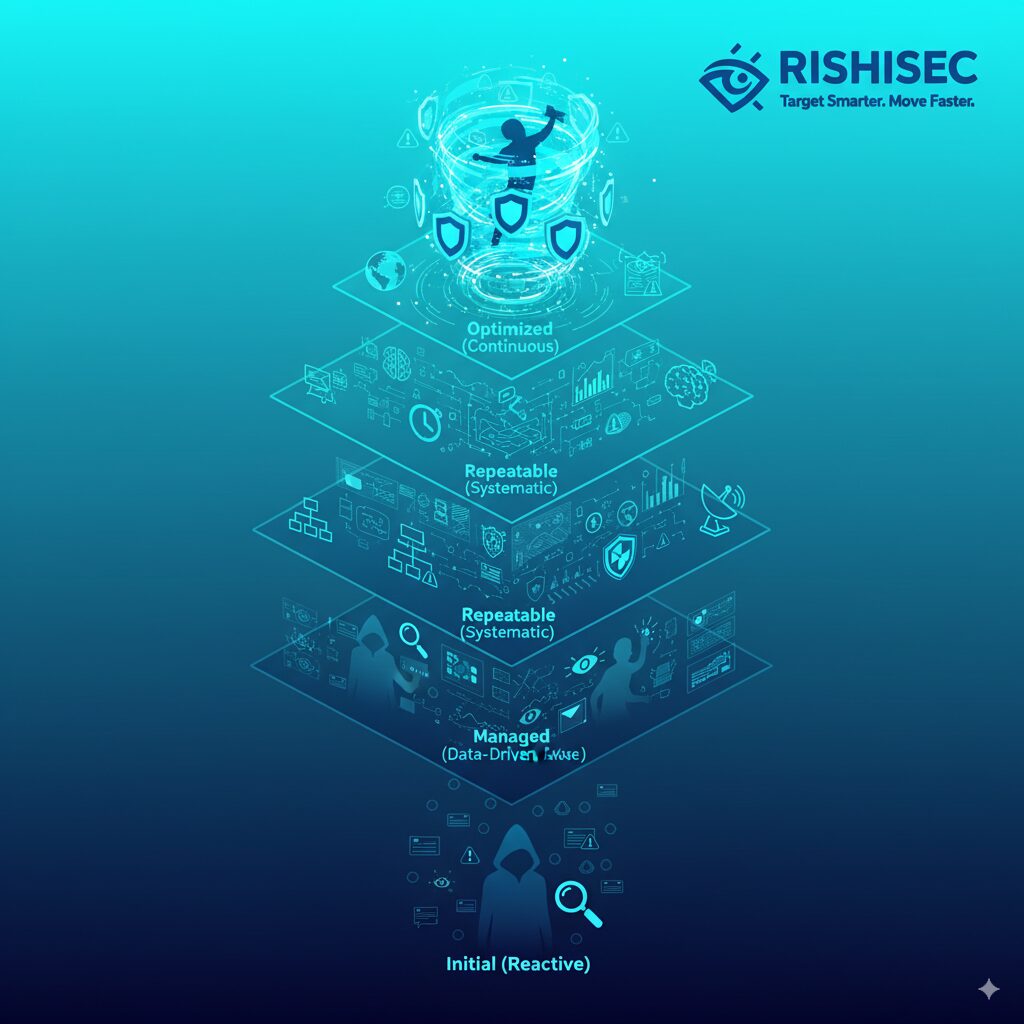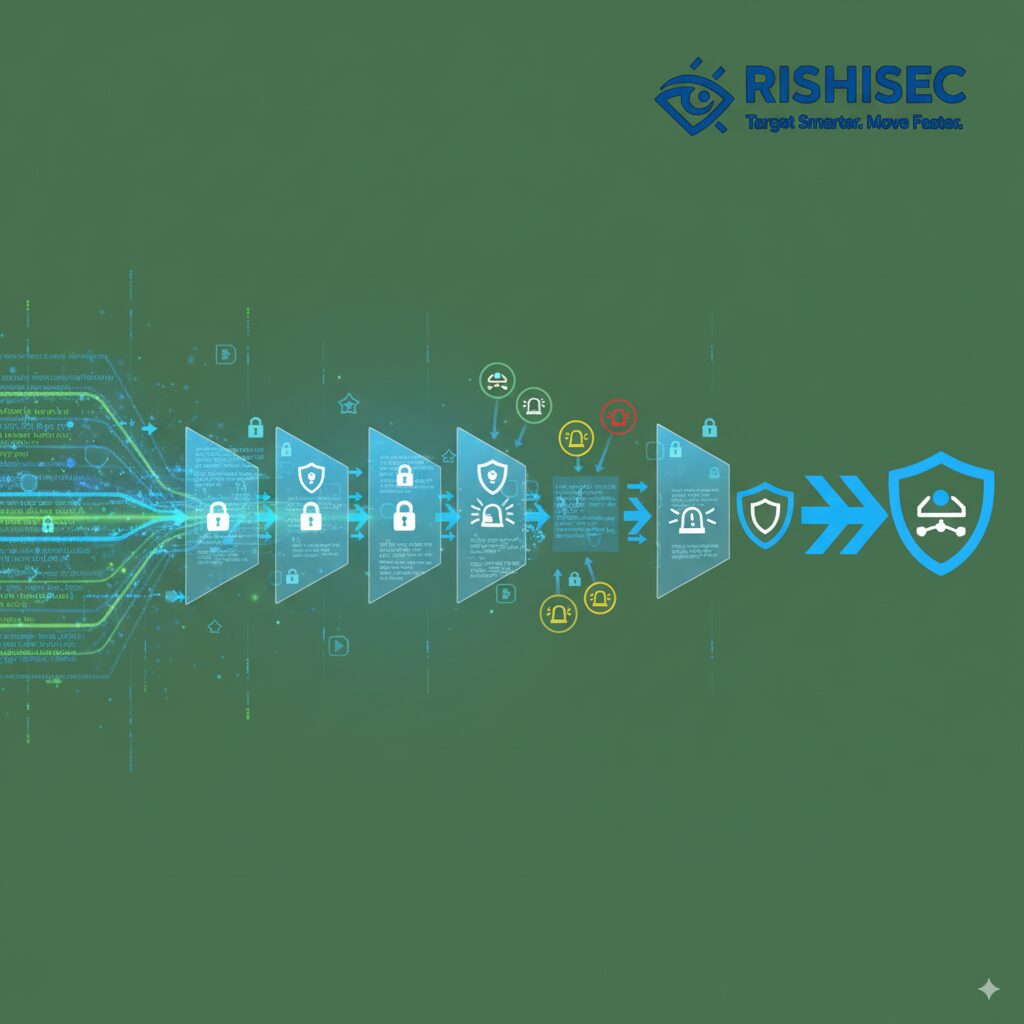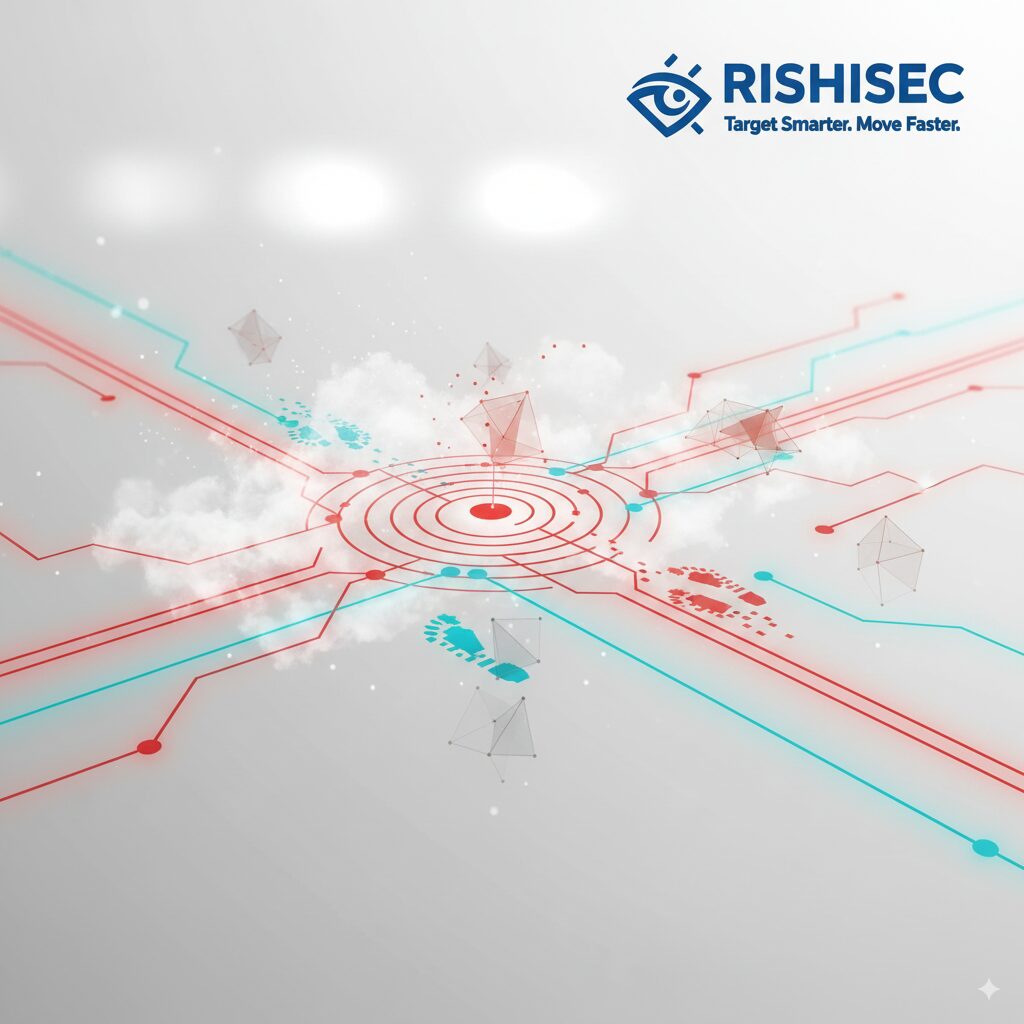The explosion of open-source intelligence has fundamentally transformed how intelligence professionals gather and analyze information. However, this unprecedented access to data brings a hidden danger that threatens the foundation of analytical integrity. OSINT deception risks are escalating as adversaries become more sophisticated in manipulating publicly available information to mislead investigators and decision-makers.
Intelligence analysts today face an information environment where access to data has never been greater, but neither has the potential for systematic deception. As the US Naval Institute warns, access to more data does not mean possession of greater knowledge. Furthermore, experts emphasize that the future of OSINT faces challenges of AI-driven deception, requiring new approaches to accountability and rigorous data management.
The stakes have never been higher for intelligence professionals who must navigate this complex landscape. Moreover, the consequences of falling victim to OSINT deception extend far beyond individual investigations, potentially compromising national security operations, law enforcement activities, and corporate security strategies. Therefore, understanding and mitigating these risks becomes essential for maintaining analytical credibility and operational effectiveness.
Understanding the Mechanics of OSINT Deception Risks
Modern OSINT deception operates through sophisticated mechanisms that exploit both technological vulnerabilities and human cognitive biases. Intelligence analysts must understand these mechanisms to develop effective countermeasures that protect their investigations from manipulation.
Information volume presents the first major challenge in managing OSINT deception risks. Today’s analysts process exponentially more data than previous generations, creating pressure to make rapid assessments without thorough verification. Consequently, adversaries exploit this time pressure by flooding information channels with carefully crafted disinformation that appears credible at first glance.
Additionally, the democratization of content creation tools enables sophisticated manipulation of traditional trust indicators. High-quality fake documents, manipulated imagery, and synthetic audio can now be produced with minimal resources. Therefore, analysts cannot rely solely on production quality as an indicator of authenticity.
The Psychology of Information Manipulation

Cognitive biases represent critical vulnerabilities that adversaries exploit when conducting OSINT deception operations. Understanding these psychological factors helps analysts recognize when their judgment might be compromised by manipulated information.
Confirmation bias leads analysts to unconsciously favor information that supports existing hypotheses while dismissing contradictory evidence. Similarly, the availability bias causes analysts to overweight easily accessible information, even when more reliable but harder-to-find sources exist. Research shows that the illusory truth effect is a powerful tool for deceptive projection, particularly when repeated information gains access to operational decision-making processes.
Furthermore, anchoring bias causes analysts to rely too heavily on the first piece of information encountered, making initial impressions disproportionately influential. Consequently, adversaries often seed investigations with carefully crafted initial data points designed to guide subsequent analysis in desired directions.
Technical Vectors for Information Manipulation
Modern deception campaigns leverage sophisticated technical capabilities that challenge traditional verification methods. Intelligence professionals must understand these vectors to develop appropriate countermeasures.
| Deception Vector | Common Applications | Detection Difficulty | Impact Level |
|---|---|---|---|
| Deepfake Audio/Video | False statements, fake meetings, impersonation | High | Critical |
| Manipulated Documents | False reports, forged credentials, fake evidence | Medium | High |
| Synthetic Social Profiles | False personas, fake networks, influence campaigns | Medium | High |
| Metadata Manipulation | False timestamps, location spoofing, attribution | Low | Medium |
Common OSINT Deception Risks in Intelligence Operations
Intelligence professionals encounter OSINT deception risks across multiple operational contexts, each presenting unique challenges and requiring specialized countermeasures. Understanding these specific risk scenarios helps analysts develop targeted verification strategies.
Social media manipulation represents one of the most prevalent OSINT deception risks facing modern intelligence operations. Adversaries create extensive networks of synthetic personas that appear authentic but serve to amplify disinformation or create false consensus around manufactured narratives. Law enforcement agencies tracking criminal networks must be particularly vigilant about these synthetic persona networks.
Document forgery has evolved beyond simple alterations to include sophisticated recreations of official formats, letterheads, and authentication mechanisms. Consequently, analysts can no longer rely solely on visual inspection to verify document authenticity. Instead, they must employ technical verification methods that examine digital signatures, metadata, and provenance chains.
Geospatial Intelligence Deception
Geospatial deception presents unique challenges for intelligence analysts who rely on imagery and location-based intelligence. Modern adversaries employ sophisticated techniques to manipulate spatial intelligence that can mislead both human analysts and automated systems.
Satellite imagery manipulation involves altering or compositing multiple images to create false impressions of facility locations, activities, or capabilities. Similarly, GPS spoofing can create false location data that appears authentic but misleads analysts about the actual positions of assets or activities.
Furthermore, adversaries increasingly use legitimate platforms to host manipulated geospatial data, exploiting the trust that analysts place in established information sources. Therefore, even data from seemingly reliable platforms requires verification through independent sources and technical analysis.
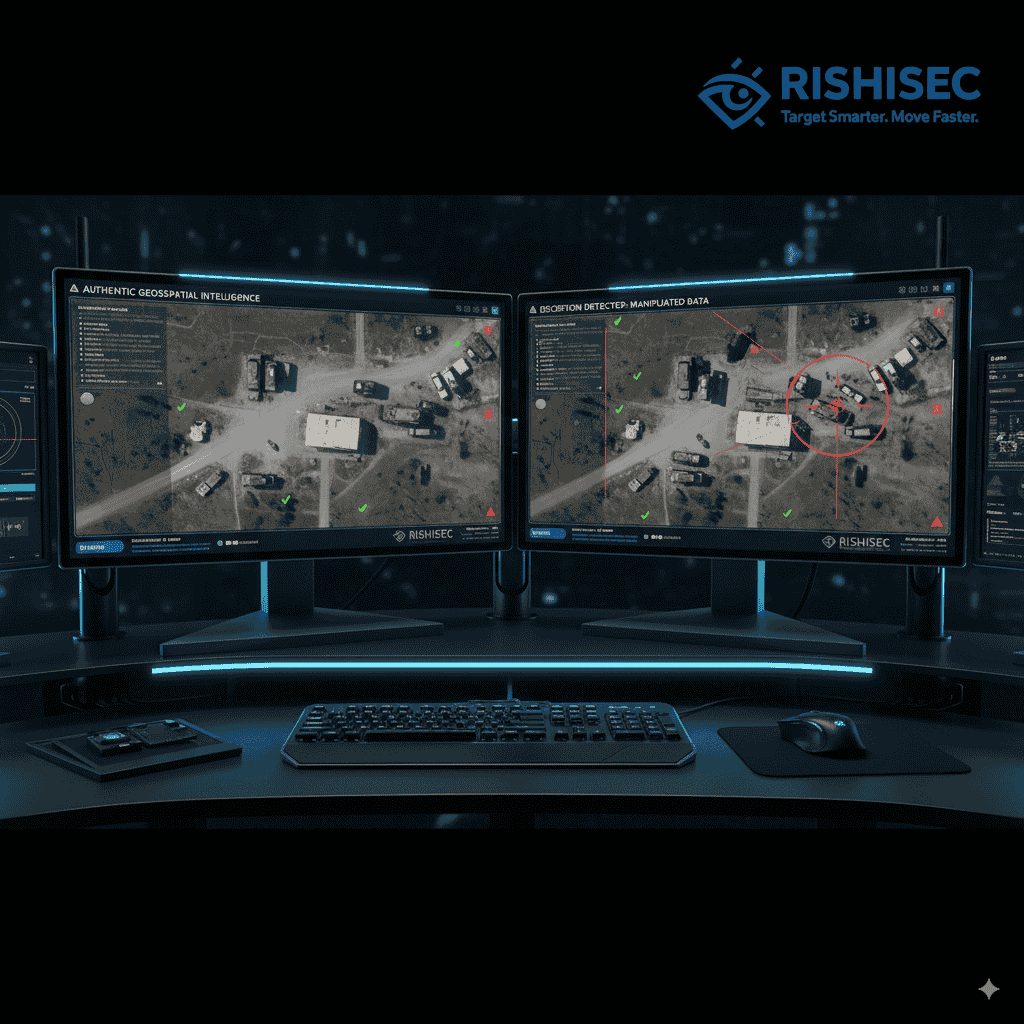
Financial Intelligence Deception
Financial intelligence represents a critical vulnerability for OSINT deception risks, particularly in investigations involving money laundering, terrorist financing, or economic espionage. Adversaries employ sophisticated techniques to obscure financial relationships and create false trails.
Synthetic business entities with fabricated histories can appear legitimate through coordinated creation of supporting documentation, web presence, and regulatory filings. Additionally, adversaries manipulate cryptocurrency blockchain data through mixing services and complex transaction chains that obscure true financial relationships.
Moreover, the global nature of financial systems creates opportunities for adversaries to exploit differences in regulatory requirements and reporting standards across jurisdictions. Consequently, analysts must verify financial intelligence through multiple independent sources and technical analysis methods.
Advanced Verification Techniques for OSINT Deception Risks
Protecting intelligence operations from OSINT deception requires systematic verification techniques that combine technical analysis with structured analytical approaches. These methods help analysts identify manipulated information while maintaining operational efficiency.
Technical verification forms the foundation of effective OSINT deception detection. Digital forensics tools can analyze image metadata, detect digital alterations, and verify the provenance of electronic documents. However, these tools require proper implementation within analytical workflows to be effective.
Cross-source correlation provides another essential verification technique that helps identify inconsistencies in manipulated information. By comparing multiple independent sources, analysts can detect discrepancies that indicate potential deception. Nevertheless, this approach requires access to diverse information sources and sophisticated correlation capabilities.
Tools like Kindi provide essential capabilities for managing complex verification workflows by enabling analysts to track source relationships, document verification steps, and collaborate on suspicious information assessment. The platform’s link analysis features help identify potential connections between seemingly unrelated deceptive sources.
Implementing Structured Verification Workflows
Effective OSINT verification requires systematic workflows that embed verification steps into routine analytical processes. These workflows must balance thoroughness with operational requirements for timely intelligence delivery.
Primary source verification involves tracing information back to its original source whenever possible. This process helps analysts identify when information has been altered or taken out of context during transmission through multiple sources. Additionally, independent confirmation through multiple unrelated sources provides higher confidence in information accuracy.
Documentation requirements ensure that verification steps are recorded and can be reviewed by other analysts or auditors. Furthermore, systematic documentation enables pattern recognition that can identify recurring deception techniques or sources.
Behavioral Analysis and Pattern Recognition
Understanding adversary behavior patterns helps analysts identify potential deception operations before they significantly impact investigations. These patterns often reveal themselves through subtle inconsistencies in the presentation or timing of information.
Coordination indicators can reveal when multiple sources are being manipulated as part of coordinated deception campaigns. Similarly, timing analysis may identify when information appears too conveniently or consistently across multiple sources. SOC environments integrating OSINT must be particularly aware of these behavioral patterns in threat intelligence.
Language analysis can identify when content appears to be translated or produced by non-native speakers attempting to impersonate authentic sources. Additionally, stylometric analysis can detect when multiple apparently different sources share similar writing patterns or characteristics.
Organizational Strategies for Managing OSINT Deception Risks
Effective protection against OSINT deception requires organizational strategies that extend beyond individual analyst capabilities. These strategies must address training, culture, and systematic approaches to information verification.
Training programs must evolve to address modern deception techniques and verification methods. Analysts need regular exposure to examples of sophisticated deception operations and hands-on practice with verification tools and techniques. Moreover, training should emphasize the importance of skeptical analysis and verification as core professional competencies.
Quality assurance processes ensure that verification standards are consistently applied across all analytical products. These processes should include regular review of analytical methods, verification procedures, and decision-making processes that affect intelligence assessments.
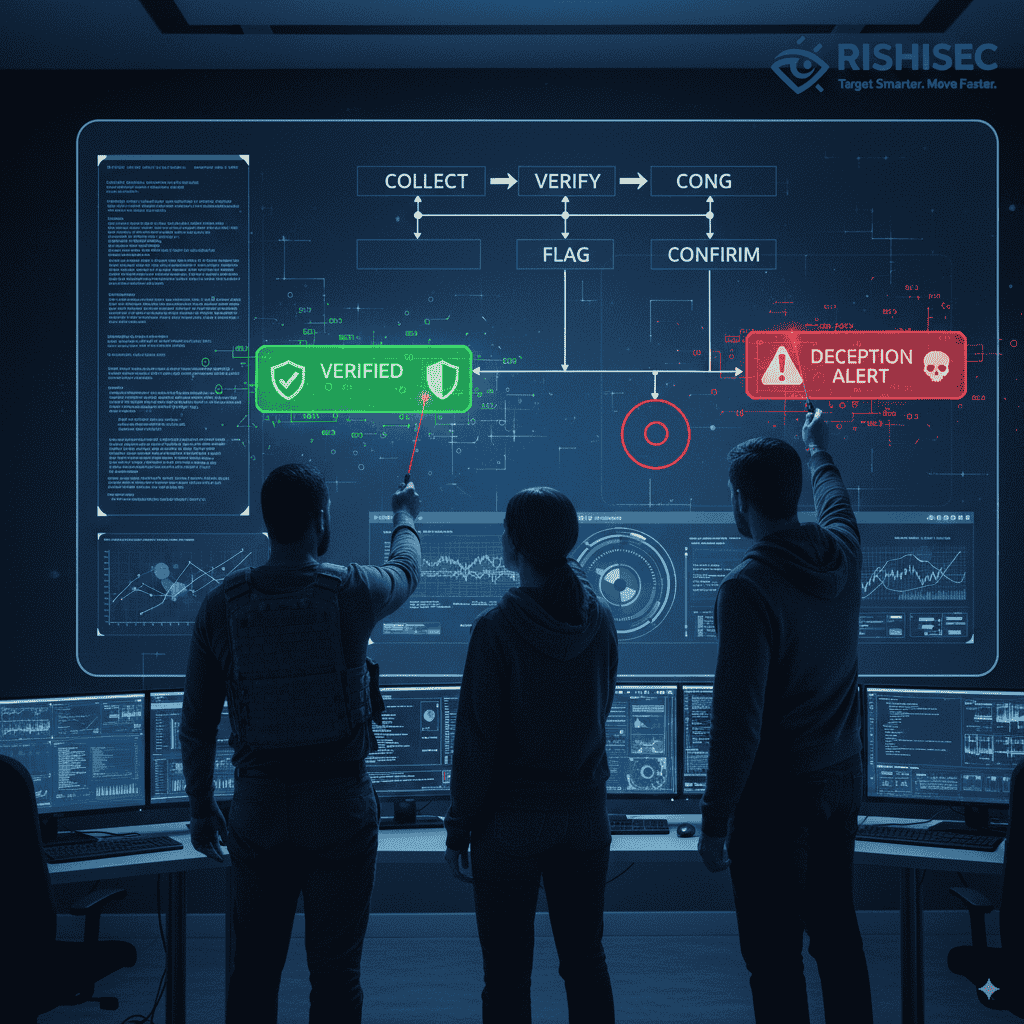
Building Verification-Focused Culture
Organizational culture plays a crucial role in protecting against OSINT deception risks. Leaders must create environments where thorough verification is valued and rewarded rather than seen as obstacle to operational speed.
Incentive structures should reward accuracy and thoroughness rather than purely speed of delivery. Similarly, analysts should be protected from negative consequences when they identify potential deception, even when this slows operational timelines. Furthermore, organizations should celebrate examples of successful deception detection as learning opportunities.
Collaboration mechanisms enable analysts to share suspicious sources and verification challenges with colleagues who may have relevant expertise or experience. These mechanisms should facilitate rapid consultation while maintaining operational security requirements.
Technology Integration for Deception Detection
Modern OSINT deception detection requires sophisticated technology integration that combines multiple verification capabilities into coherent analytical workflows. These systems must be user-friendly enough for routine use while providing powerful capabilities for complex verification challenges.
Automated screening systems can provide initial assessment of potential deception indicators, flagging content that requires human verification. However, these systems must be carefully calibrated to avoid overwhelming analysts with false positives while ensuring that sophisticated deceptions are identified.
Integration with existing analytical platforms ensures that verification capabilities are embedded within routine workflows rather than requiring separate processes that may be bypassed under operational pressure. Additionally, these integrated systems should provide clear documentation of verification steps for quality assurance and training purposes.
Future Trends and Emerging OSINT Deception Risks
The landscape of OSINT deception continues evolving as adversaries adopt new technologies and techniques. Intelligence professionals must anticipate these trends to develop proactive countermeasures that protect against emerging threats.
Artificial intelligence applications are rapidly advancing the sophistication of deception techniques. Machine learning systems can generate increasingly realistic synthetic content while analyzing target information preferences to optimize deception effectiveness. Consequently, traditional verification methods may become insufficient for detecting AI-generated deceptions.
Scale and automation enable adversaries to conduct deception operations across thousands of sources simultaneously, creating coordinated information environments that appear authentic through their consistency and volume. Therefore, analysts must develop verification capabilities that can operate at similar scales to detect these coordinated deceptions.
Quantum Computing Implications
Quantum computing developments may significantly impact both deception capabilities and verification technologies. While quantum computers could potentially break current cryptographic protections, they may also enable new verification techniques that can detect manipulation in ways currently impossible.
Preparation for quantum impacts requires organizations to monitor developments in quantum technologies while considering how these changes might affect their verification capabilities and requirements. Additionally, organizations should begin evaluating quantum-resistant verification methods that may become necessary in the future.
Regulatory and Legal Considerations
Evolving legal frameworks around information authenticity and digital evidence may create new requirements for OSINT verification procedures. Government intelligence frameworks increasingly emphasize verification requirements and documentation standards.
Compliance requirements may mandate specific verification procedures for different types of intelligence products or operational contexts. Therefore, organizations must stay current with regulatory developments while ensuring that their verification procedures meet applicable legal standards.
Best Practices for OSINT Deception Risk Management
Implementing effective OSINT deception risk management requires systematic approaches that integrate verification into all aspects of intelligence operations. These practices must be practical enough for routine implementation while comprehensive enough to address sophisticated deception techniques.
Verification protocols should be standardized across the organization to ensure consistent application of verification standards. These protocols must address different types of information sources and provide clear guidance for escalation when verification challenges arise. Additionally, protocols should be regularly updated to address emerging deception techniques and verification technologies.
Continuous improvement processes ensure that verification capabilities evolve in response to changing threat environments and operational requirements. These processes should include regular assessment of verification effectiveness, identification of capability gaps, and implementation of improvements based on lessons learned.
Essential Verification Checklist
Practical verification requires systematic checklists that guide analysts through essential verification steps without overwhelming routine operations. These checklists should be adapted for different types of information sources and operational contexts.
- Verify source authenticity through multiple independent channels before accepting information as credible
- Cross-reference key facts and claims against established databases and reliable sources
- Analyze metadata and technical indicators for signs of manipulation or inconsistency
- Document verification steps and maintain audit trails for quality assurance purposes
- Escalate suspicious information to verification specialists when standard procedures are insufficient
- Regularly review and update verification procedures based on emerging deception techniques
Conclusion: Building Resilient Intelligence Operations
OSINT deception risks represent fundamental challenges that require comprehensive organizational responses extending far beyond individual analyst awareness. Successfully managing these risks demands systematic approaches that combine technical capabilities, analytical rigor, and cultural commitment to verification excellence.
The future of intelligence operations depends on organizations that can effectively balance operational speed with verification thoroughness. Those that develop sophisticated deception detection capabilities will maintain analytical credibility and operational effectiveness, while those that ignore these risks face potential compromise of their intelligence mission.
Intelligence professionals must embrace verification as a core competency rather than an operational burden. By investing in training, technology, and organizational culture that prioritizes accuracy over speed, intelligence organizations can build resilience against even sophisticated deception operations.
The challenge is significant, but so is the opportunity for organizations that successfully navigate this complex environment. Building comprehensive OSINT deception risk management capabilities represents a competitive advantage that will become increasingly valuable as the information environment continues evolving.
Want to strengthen your OSINT skills and other ones you can suggest? Check out our OSINT courses for practical, hands-on training. Discover how Kindi’s verification and collaboration features can protect your intelligence operations from deception risks. Sign up for our newsletter to stay updated on emerging OSINT deception techniques and countermeasures.
FAQ
What are the most common OSINT deception risks facing intelligence analysts?
The most prevalent risks include synthetic social media personas, manipulated documents, deepfake audio/video content, and coordinated disinformation campaigns. These techniques exploit both technological vulnerabilities and cognitive biases to mislead analysts.
How can analysts identify deepfake content in OSINT investigations?
Detection requires technical analysis tools that examine compression artifacts, inconsistent lighting, and facial geometry patterns. However, analysts should also verify content through independent sources and look for behavioral inconsistencies that may indicate synthetic generation.
What role does AI play in both creating and detecting OSINT deception?
AI enables sophisticated content generation including synthetic text, images, and audio that can deceive traditional verification methods. However, AI also powers advanced detection systems that can identify manipulation patterns invisible to human analysis.
How should organizations train analysts to recognize OSINT deception risks?
Training should include hands-on exposure to deception examples, practice with verification tools, and emphasis on structured analytical techniques. Regular updates are essential as deception methods continue evolving rapidly.
What verification tools are most effective for detecting OSINT manipulation?
Effective tools include metadata analyzers, reverse image search engines, blockchain verification systems, and AI-powered content authentication platforms. However, tools must be combined with human analysis and cross-source verification for maximum effectiveness.

